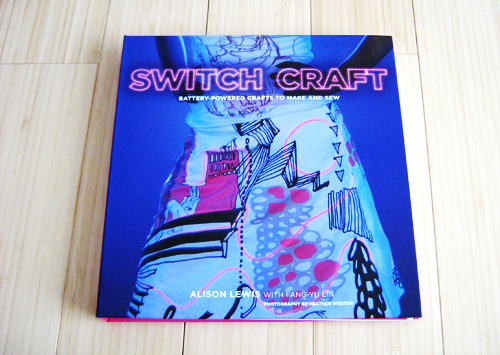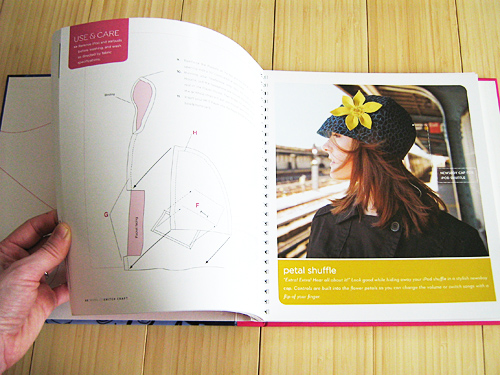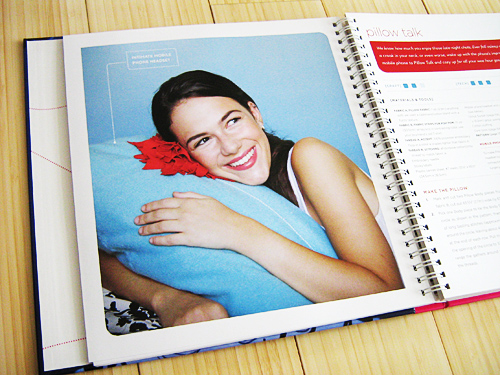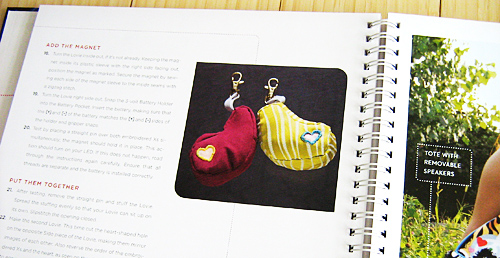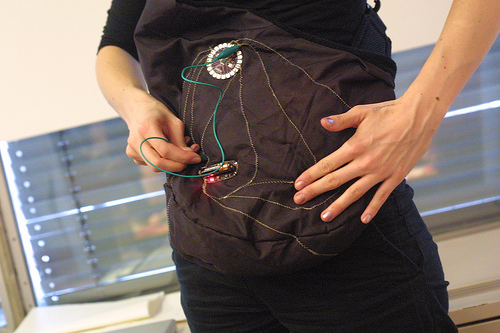 (image source via New York Times)
(image source via New York Times)
There seems to be a trend in tinker and hacker spaces, which are popping up all over the place. Hacker collective NYC Resistor is one of the popular ones, which opened in the summer of 2007 in New York. It allows anyone who is interested in electronics to come in tinker, hack, and invent. “Resistor blew the doors off the scene here,” said Eric Moore (via NYTimes), a hacker from Bushwick who is forming his own group. “They’re the next generation of American hacking. The rest of us are just trying to catch up.” In fact, it's so popular that another hacker space has been started called Htink, which is also located in New York.
Hacker spaces are a great forum to learn about wearables and experiment with the potential interactions. Diana Eng, a designer exploring wearables and a former Project Runway contestant, is one of the 7 members of the NY Resistor collective. “My designs were too nerdy for ‘Project Runway,’ ” Ms. Eng said with a giggle. “But here they fit right in.”
More info via NYTimes, Makezine, NYResistor

